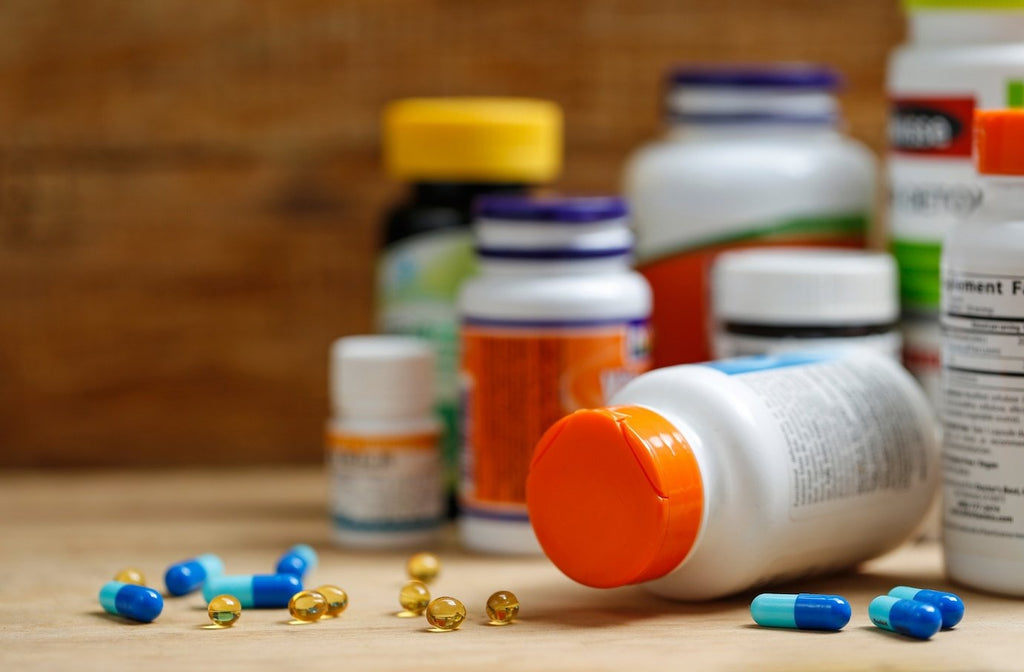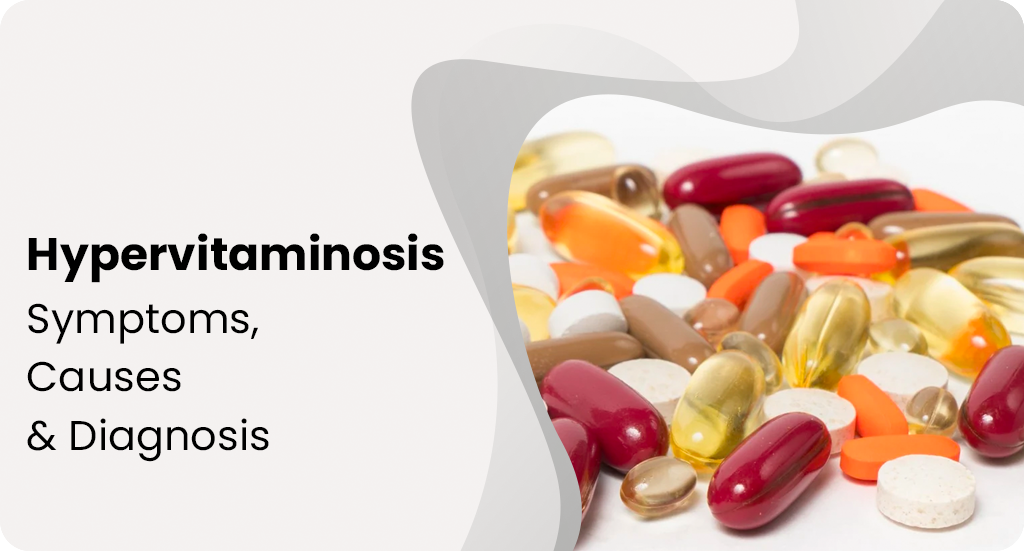


Date: 24 Sep 2025
Hypervitaminosis A, also known as vitamin A toxicity, occurs when the body contains an excessive amount of vitamin A.
This disorder might be acute or persistent. Acute toxicity occurs after taking substantial doses of vitamin A in a short period of time, usually within a few hours or days. Chronic toxicity occurs when excessive amounts of vitamin A accumulate in your body for an extended length of time.
Symptoms include alterations in vision, bone discomfort, and skin changes. Chronic poisoning can cause liver damage and increased strain on the brain.
Hypervitaminosis occurs when vitamin storage levels are very high. Hypervitaminosis can cause toxic symptoms and a variety of health consequences. Microalgae are high in vitamins (Brown, Farmer, & Trenerry, 1999; Fabregas & Herrero, 1990; Jalilian, Najafpour, & Khajouei, 2019; Sousa, Gouveia, Batista, Raymundo, & Bandarra, 2008), but consuming them as a food supplement is unlikely to cause hypervitaminosis.

Your liver stores excess vitamin A, which increases over time.
Most people get vitamin A toxicity after taking high-dose dietary supplements, potentially due to megavitamin treatment. A megavitamin therapy entails taking extremely large quantities of specific vitamins in order to prevent or treat diseases.
It could also be caused by long-term usage of acne medications containing high levels of vitamin A, such as isotretinoin (Sotret, Absorica).
When acute vitamin A toxicity develops in children, it is mainly caused by unintentional consumption.
The signs vary depending on which vitamin is in excess, but common symptoms include:
If you often feel unwell despite “eating healthy and supplementing,” it may be time to review your vitamin intake.
Just because something is labeled “natural” doesn’t mean it’s always safe. Many people assume supplements are harmless, but taking more than your body needs can actually do more harm than good. Here’s how going overboard with vitamins can affect your health:
This is why doctors and nutritionists emphasize that supplements should fill nutritional gaps, not replace a balanced diet.
While anyone can acquire hypervitaminosis, certain groups are more likely to be affected often unknowingly. Children are especially vulnerable because they may mistake flavored or gummy vitamins for sweets and unwittingly swallow an excessive amount.
Adults who take various supplements at once, such as a multivitamin and separate dosages of Vitamin D or B-complex, may accidentally exceed permissible limits, especially if they do not read labels carefully.
Fitness fanatics and athletes may overdo vitamins in the hopes of increasing energy or performance, believing that "more is better." People with chronic conditions who take prescription medications in addition to supplements may be at a higher risk, especially if they do not receive assistance from their healthcare professional.
In all these cases, the danger comes not just from the vitamins themselves, but from the assumption that they're always safe—when in fact, too much can quietly build up in the body and cause harm over time.
Awareness is the first step toward prevention.

To avoid hypervitaminosis:
Supplements should complement a healthy lifestyle, not become the main source of nutrition.
A key reason hypervitaminosis happens is the difference between fat-soluble and water-soluble vitamins:
Understanding this difference helps people make informed supplement choices.
Children are especially vulnerable to vitamin overdose because many supplements, especially gummies, look and taste like candy. These can lead to accidental overconsumption, which can be dangerous even in small amounts due to their smaller body size and lower tolerance.
To keep kids safe, parents should always store supplements out of reach and only use products made specifically for children in age-appropriate doses. It’s also important to avoid giving multiple supplements that contain the same vitamins, as such practices can lead to unintentional excess.
1. Can you really overdose on vitamins?
Yes. Taking too many vitamins, especially fat-soluble ones, can lead to serious health issues like liver damage, kidney failure, or bone weakness.
2. How do I know if I have hypervitaminosis?
Symptoms like nausea, fatigue, joint pain, or unexplained skin changes may suggest vitamin overload. A doctor can confirm with blood tests.
3. Which vitamins are most dangerous in high amounts?
Vitamin A, Vitamin D, Vitamin E, and Vitamin K are the riskiest because the body stores them instead of flushing them out.
4. How can I prevent hypervitaminosis?
Follow the recommended daily allowances, avoid mixing multiple supplements, and prioritize natural food sources. Always seek medical advice before taking high-dose vitamins.